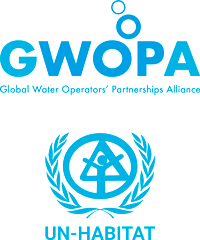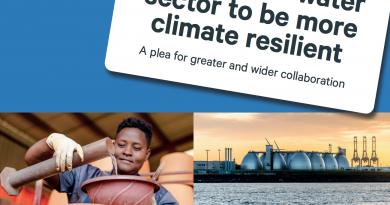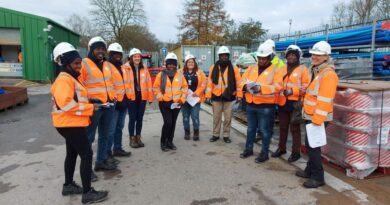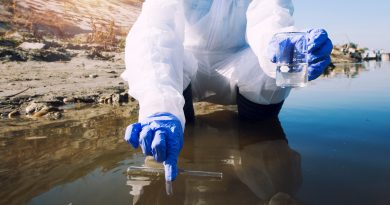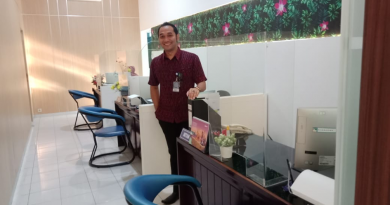WaterWorX to build water pipes in Indonesian areas without access to drinking water
This month of October 2020, and under the guidance of the Dutch Oasen, the WaterWorX WOP in Indonesia will start building a 10-kilometer long water pipe.
About 1,300 house connections for the regions of Jenar and Tangen, which do not yet have access to drinking water, will be built on this new pipeline.
During the COVID-19, Theo Stolwijk was forced to supervise this project of the Indonesian water company in Sragen from a distance. He is one of the 7 Oasen coaches who, as part of the international partnership WaterWorX, is committed to support the local water company. Stolwijk advises in order to reach low-income areas that do not yet have access to drinking water.
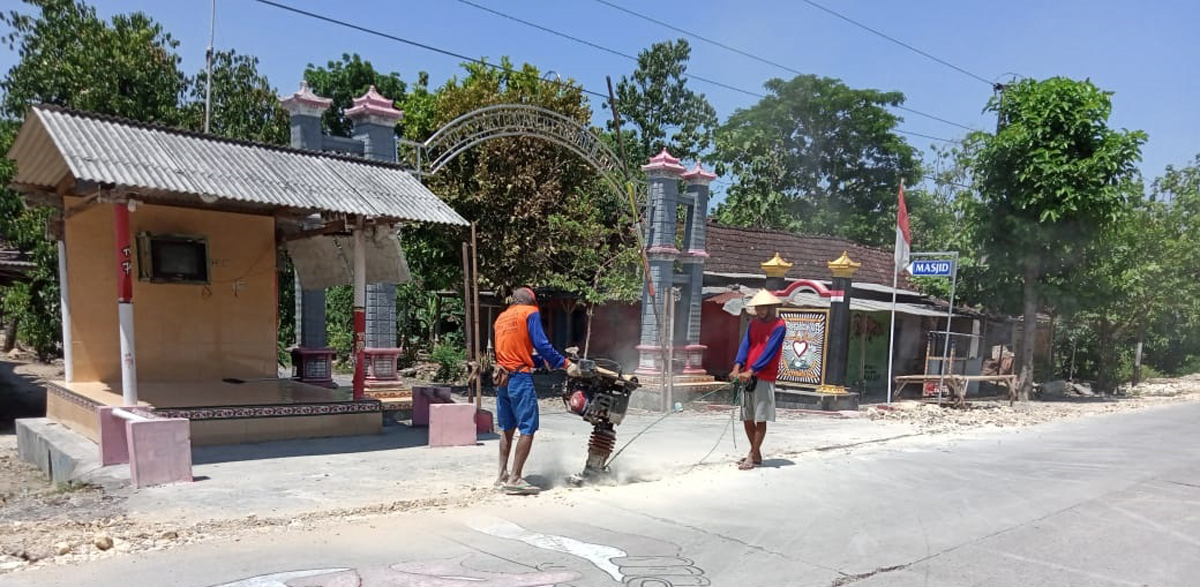
Las year, the transport pipeline was laid on the regions of Jenar and Tangen. Courtesy: Oasen
Remote guidance
Last year, the transport pipeline in this region was laid under the supervision of Oasen. Now, everything is ready to connect a main pipe. At the beginning of 2020, preparations for this second project started. “I made an inventory of their knowledge, experience and work processes. Then, they made a project plan. Due to the restrictions, the supervision had to be done remotely. However, thanks to the online means of communication, we kept close contact when making an inventory of the required materials and the planning”, according to Stolwijk.
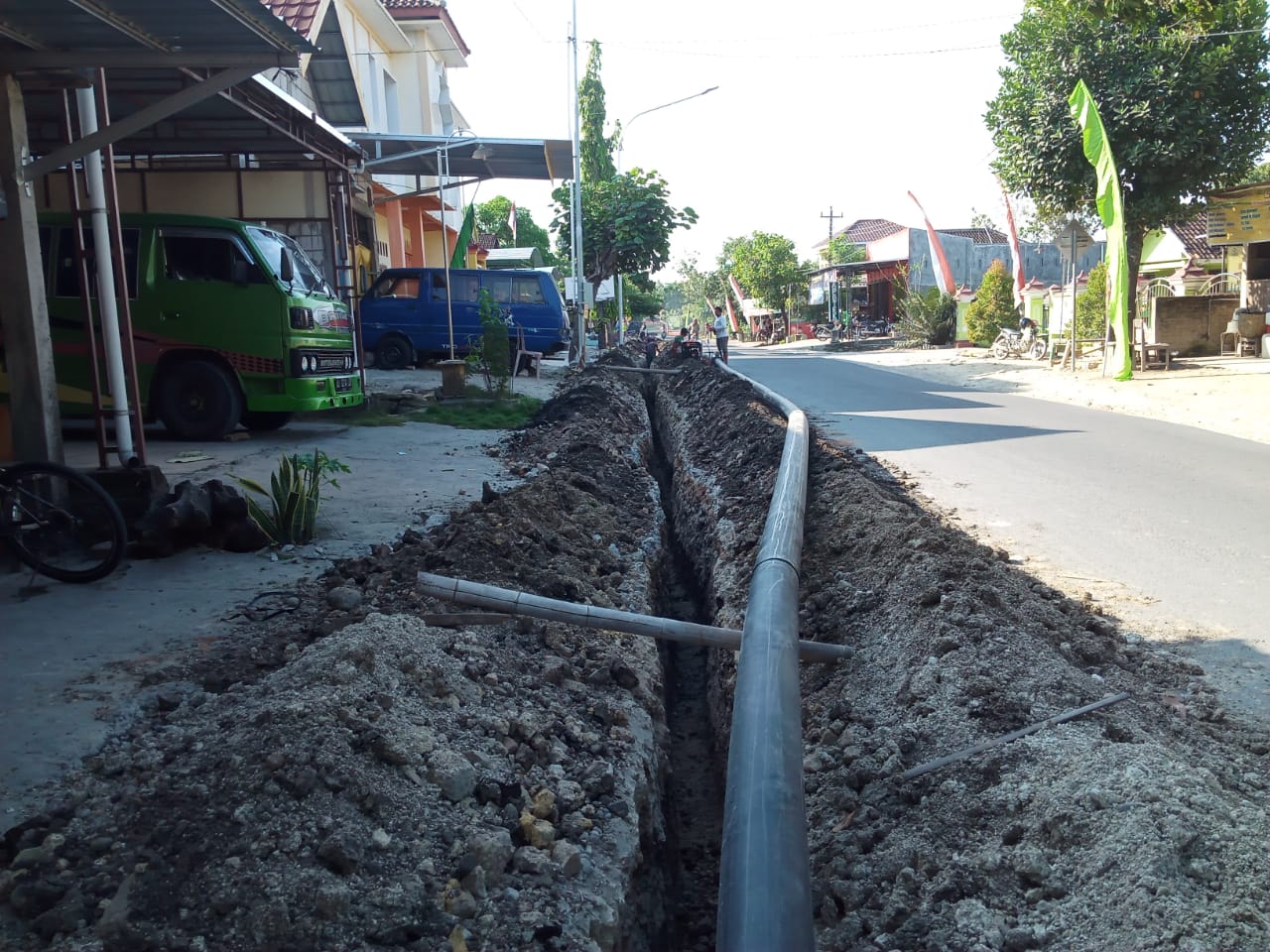
It is planned that, by the end of the year, water will arrive from the taps from 4,000 addresses in Jenar. Courtesy: Oasen
Connecting houses
After Oasen approved the plans and quotations, “the pipes were delivered, and this month of October the WOP will start with the construction of a 10 kilometer long main pipeline. It is planned that, by the end of the year, water will arrive from the taps from 4,000 addresses in Jenar. Another 400 will follow next year, while the WOP will also start laying a pipeline on the neighboring region of Tangen, where another 500 connections will be made.”, according to Stolwijk, who adds that “the Indonesian colleagues report their progress every two weeks. I hope it will be possible to be on site again next year!”
This article was originally published at oasen.nl
